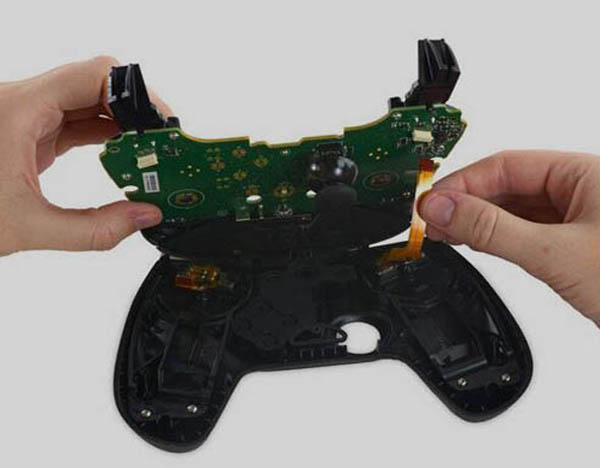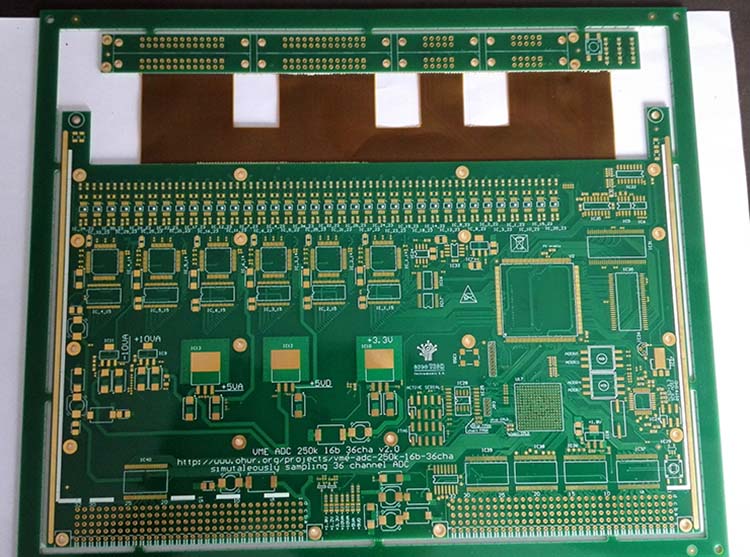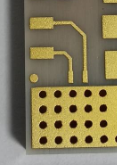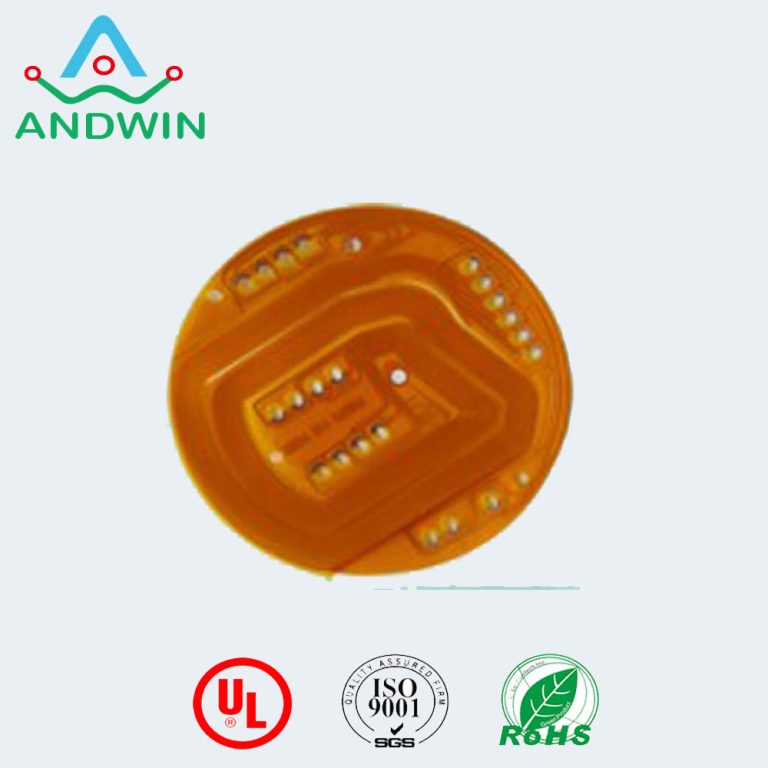Flexible pcb advantages
1. Space-saving: Flexible PCBs can be designed to fit into tight spaces and odd shapes,
making them ideal for applications where space is limited.
2. Lightweight: Flexible PCBs are lightweight, which makes them suitable for use in portable devices.
3. High reliability: Flexible PCBs are highly reliable because they have fewer interconnects,
which reduces the risk of failure due to loose connections.
4. Reduced assembly time: Flexible PCBs can be assembled quickly and easily,
which reduces the overall production time and cost.
5. Improved signal integrity:
Flexible PCBs have better signal integrity than rigid PCBs because they have fewer vias and interconnects.
6. Cost-effective:
Flexible PCBs are cost-effective because they require less material and are easier to manufacture than rigid PCBs.
7. Improved thermal management:
Flexible PCBs can be designed with thermal management in mind, which helps to dissipate heat more efficiently.
8. Increased design flexibility:
Flexible PCBs offer greater design flexibility than rigid PCBs, which makes them ideal for complex and intricate designs.
9. Durability:
Flexible PCBs are durable and can withstand harsh environments, making them suitable for use in rugged applications.
10. Reduced weight and volume: Flexible PCBs are thinner and lighter than rigid PCBs,
which reduces the weight and volume of the final product.

flexible pcb assembly
Flexible PCB assembly refers to the process of assembling electronic components onto a flexible printed circuit board (PCB).
Flexible PCBs are made of flexible materials such as polyimide or polyester and can be bent or twisted without breaking.
They are used in a variety of applications such as wearable technology, medical devices, and aerospace.
The assembly process for flexible PCBs is similar to that of rigid PCBs, but requires specialized equipment and techniques.
The components are placed onto the flexible PCB using surface mount technology (SMT) or through-hole technology (THT).
SMT components are placed on the surface of the PCB and soldered using a reflow oven,
while THT components are inserted into holes in the PCB and soldered on the other side.
Flex PCB assembly requires careful attention to detail as the flexible material can be easily damaged during the assembly process.
It is important to use the correct soldering techniques and to ensure that the components are placed correctly to avoid any stress on the flexible material.
Overall, flexible PCB assembly is a specialized process that requires expertise and experience to ensure that the final product is of high quality and reliability.

flexible pcb assembly process
Flexible PCB assembly process involves the following steps:
1. Design and layout:
The first step in flexible PCB assembly is designing and laying out the circuit board.
This involves creating a schematic diagram of the circuit and then designing the layout of the board using specialized software.
2. Material selection: The next step is selecting the appropriate materials for the flexible PCB.
This includes choosing the substrate material, copper foil, and adhesive materials.
3. Printing and etching: The circuit pattern is printed onto the substrate using a specialized printer.
The copper foil is then etched away using a chemical process, leaving behind the circuit pattern.
4. Drilling: Holes are drilled into the board for components and connectors.
5. Plating: The holes are plated with copper to create conductive pathways between the layers of the board.
6. Soldering: Components are soldered onto the board using a reflow soldering process.
7. Testing: The finished board is tested to ensure that it functions as intended.
8. Final assembly: The flexible PCB is then assembled into the final product,
which may include additional components, connectors, and enclosures.
Overall, the flexible PCB assembly process requires specialized equipment and expertise to ensure that the board functions properly and meets the required specifications.







